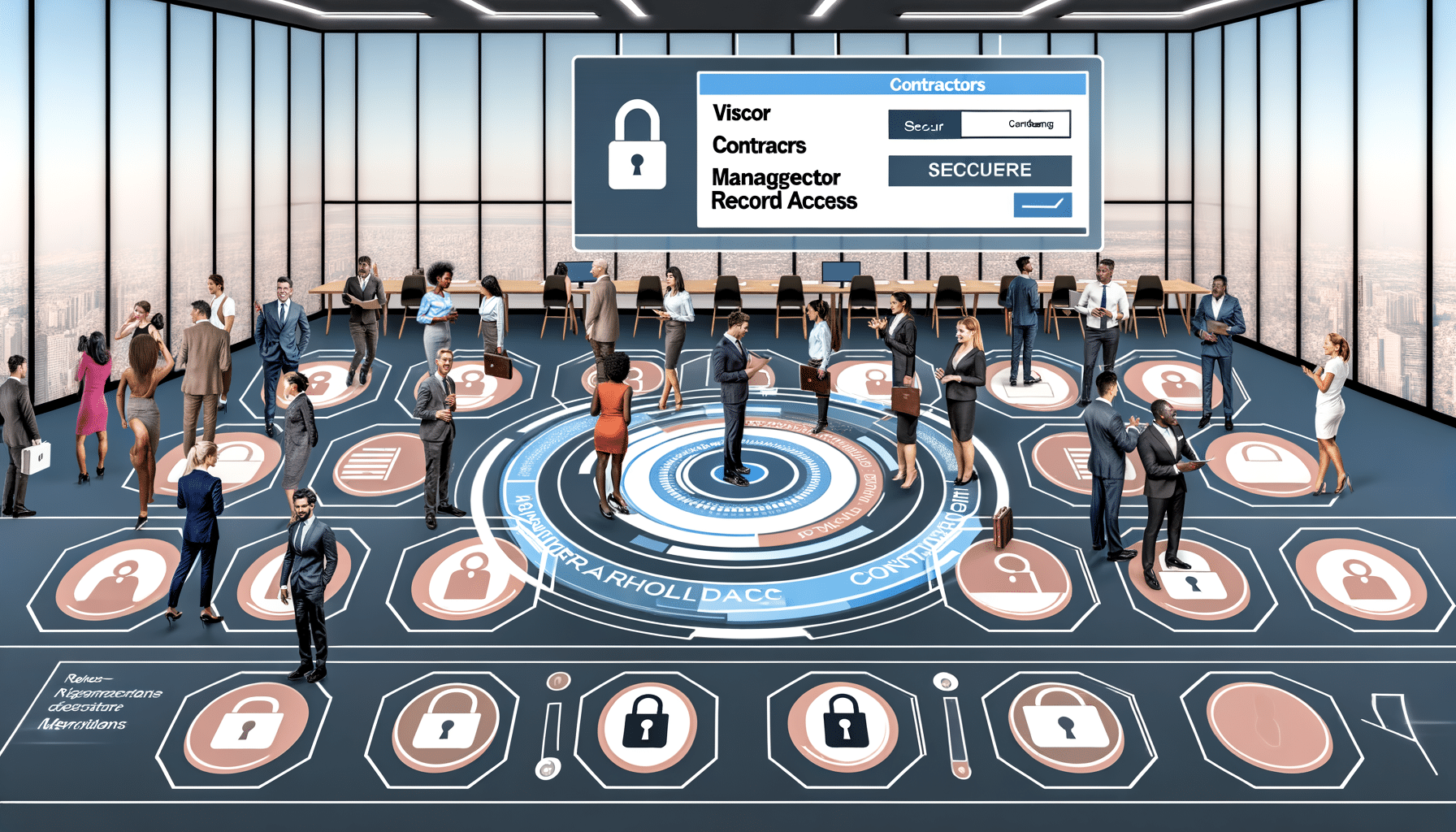- Archive Security
- October 27, 2022
Why AI is Essential for Detecting Anomalies in Record Management

Revolutionizing Record Management with AI-Driven Anomaly Detection
Over the decades, record management has evolved tremendously. Earlier, I watched countless hours being poured into monotonous tasks. Shuffling papers, scrutinizing data, and chasing errors were daily norms for many organizations. It wasn’t just labor-intensive but also prone to human error. However, enter the world of AI, and everything suddenly transforms into something more efficient and reliable.
Understanding Anomalies in Record Management
Anomalies in record management often signal a discrepancy that might reveal errors, fraud, or even system inefficiencies. They’re akin to needles in a haystack – finding them amidst gigabytes of data is what typically proves challenging. Yet, detecting them is crucial. Imagine a world where critical contract timelines, unexpected expense figures, or subtle compliance breaches went unnoticed. The consequences could be detrimental.
Today, with our ever-growing digital records, traditional methods of identifying these anomalies just don’t cut it anymore. Here, AI stands out as a beacon of hope.
Why AI is the Game Changer
AI’s capacity is formidable when it pertains to pattern recognition and anomaly detection. Unlike traditional systems, which operate by pre-defined rules, AI leverages machine learning to adapt and learn from vast data. This difference is profound because:
Essentially, AI not only future-proofs an organization’s record management but also optimizes it for the modern era.
How Anomaly Detection Works with AI
Using AI for anomaly detection in records operates through a few integral steps:
1. Data Collection: All pertinent records, whether structured or unstructured, are gathered. These might range from invoices, contracts, to communication logs.
2. Preprocessing: The data is cleansed and organized, trimming redundancies, and filling gaps.
3. Algorithm Training: AI models are trained on this cleaned data, learning standard patterns and behaviors.
4. Anomaly Identification: As new records stream in, the AI compares them against the learned data, instantly spotting deviations and signaling potential issues.
5. Continuous Learning: The beauty of AI lies in its adaptability. As it encounters anomalies, it learns, refining its accuracy over time.
Real-Life Implications
A recent incident with a government department blew me away. They routinely managed thousands of records, including financial transactions. Errors had previously led to substantial financial discrepancies. After integrating AI for anomaly detection, they reported a reduction in anomalies by over 70% within mere months. They not only identified errors early but also unearthed fraudulent activities that had gone unnoticed for years.
This narrative isn’t unique. Across industries, businesses increasingly recognize AI-driven anomaly detection to safeguard their records, both enhancing security and ensuring compliance seamlessly.
Streamlining Security & Compliance
Through anomaly detection, AI diminishes the manual burden significantly. Imagine compliance officers not sifting through lines of data but simply verifying AI-generated alerts. AI ensures that organizations meet stringent regulatory standards like GDPR and HIPAA consistently.
Where does this leave us? Forward-thinking enterprises are no longer just managing records. They’re leveraging them strategically. AI paves the way for organizations to focus on growth while maintaining the assurance their record management is air-tight.
Closing Thoughts: Embrace the Transformation
In today’s dynamic business ecosystem, efficient and secure record management isn’t a luxury—it’s a necessity. AI transforms what was once a painstaking endeavor into a streamlined process that guards against anomalies with precision.
Witnessing AI’s impact has been exhilarating. It’s not just about preventing errors or detecting fraud; it’s about empowering businesses to work smarter, ensuring every record tells an accurate story.
For those at the helm of record management: embrace this transformative power of AI and witness firsthand the strategic advantage it brings. I invite you to join me in this exciting journey of innovation. Let’s focus on what truly matters—growth, development, and setting new benchmarks of excellence.
Every new challenge brings the promise of yet another innovation waiting to be uncovered. I, for one, am thrilled to navigate these uncharted tech waters. Remember, the future of record management is not just in technology but also in the visionaries ready to harness its potential.
Toshendra Sharma is the visionary founder and CEO of RecordsKeeper.AI, spearheading the fusion of AI and blockchain to redefine enterprise record management. With a groundbreaking approach to solving complex business challenges, Toshendra combines deep expertise in blockchain and artificial intelligence with an acute understanding of enterprise compliance and security needs.
Related Posts


Handling Sensitive Records in Open Offices
Maintaining confidentiality in open workspace layouts.
- December 9, 2024
Archives
- January 2025
- December 2024
- November 2024
- October 2024
- September 2024
- August 2024
- July 2024
- June 2024
- May 2024
- April 2024
- March 2024
- February 2024
- January 2024
- December 2023
- November 2023
- October 2023
- September 2023
- August 2023
- July 2023
- June 2023
- May 2023
- April 2023
- March 2023
- February 2023
- January 2023
- December 2022
- November 2022
- October 2022
- September 2022
Want to get more content like this?
Signup to directly get this type of content to your inbox!!
Latest Post
Document Control for Equipment Maintenance
- January 20, 2025
Managing Records for Multiple Clients
- January 19, 2025
Handling Conference Documentation
- January 18, 2025
Setting Up Department Record Reviews
- January 17, 2025





